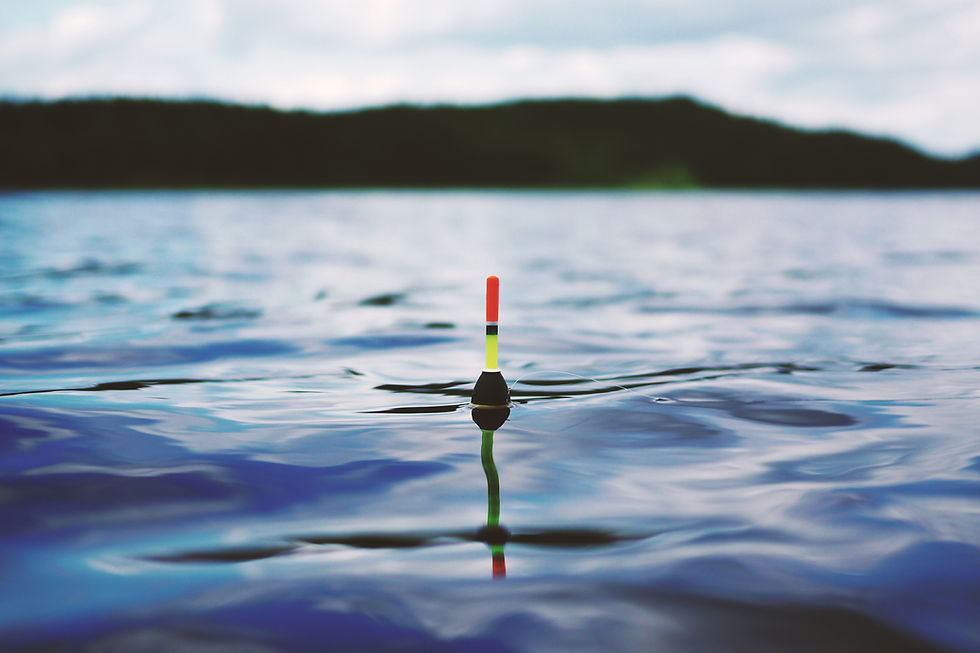With Eurobodalla Council staff soon to be requested for a briefing around recyclables and plastics the Council will no doubt find itself requested by the new Councillors to extend their capacities and to call together members of the community to a workshop inviting people with constructive ideas, experience and solutions to come forward.
While Eurobodalla’s community and business groups are being asked for help in identifying further action to reduce greenhouse emissions and tackling climate change it is hoped that the conversation might look beyond plastics and look at the bigger picture of Council's garbage tips, its recycling recovery rates and the effective use of any bi-products of their waste chain under their control.
During the last term of office Councillor Mayne indicated that he would seek a full report on the volumes of recyclable materials that are collected by Council and how much of those bottles, paper products, metals and plastics are in fact recycled for repurpose.
During the Council meeting of Nov 2019 Councillor McGinlay sought, as an Urgent Matter, advice around Council's use of recycled water from its sewerage treatment works wanting to establish if the water was available for bushfire use in light of the Level 1 water restrictions that were in place across the shire.
The temperature outside the chamber was 34C, there was a stiff hot westerly gale and the Shire was under a Total Fire Ban.
The then-Mayor determined it was not an Urgent Matter.
This was the very same day that the NSW State Govt deferred to the RFS and declared NSW as being Catastrophic. The very same RFS the Mayor declares to have "disappointed" 10 land owners refused to have building entitlement in HIGH Risk fire zones in the Eurobodalla.
For many around the shire suffering the continued effects of the drought the availability and use of recycled water isn't an unusual conversation topic.
So what are the Facts?
The Beagle asked the following questions of Eurobodalla Shire Council:
Q1. What are the figures for the annual totals of recycled water provided from our sewage treatment plants to users such as golf courses .... and what percentage that recycling is of the tertiary water that might be available?
Council response: Approximately 8% of treated effluent is used at various parks, ovals and golf courses across the shire.
Q2. What is the total amount of recyclable water that is NOT distributed and is instead pumped into the sea or dunes?
Council response: Approximately 92% of treated effluent is discharged at licenced discharge points.
Q3. How does each treatment works discharge its water? Council response:
Batemans Bay STP ocean outfall approx. 1500-1600MLPA, including approx. 10% reuse
Tomakin STP ocean outfall approx. 400-500MLPA, nil reuse
Moruya STP river discharge (tidal) approx. 200-300MLPA, approx. 20% reuse
Tuross STP dune exfiltration approx.. 150-200MLPA, including approx. 25% reuse
Narooma STP ocean outfall approx. 600-700MLPA, nil reuse
A copy of licences and annual returns can be found at https://apps.epa.nsw.gov.au/prpoeoapp/
(Note that this equates to 3,300 Million Litres per Annum with only 270 Million Litres reused on three Golf Courses being Catalina, Moruya and Tuross Head)

Above: The proposed capacity of the $105m Tuross Dam is 3,000 million litres - Image ESC
Q4. What are the annual licence fees that are payable for discharging the waste water? Council response:
Licence fees paid for the year 1 April 2018 – 1 April 2019 were:
Batemans Bay STP Administration Charge $8,212.75, Load Based Fee $443.58
Tomakin STP Administration Charge $3,158.75, Load Based Fee $106.67
Moruya STP Administration Charge $3,158.75, Load Based Fee $140.14
Tuross STP Administration Charge $3158.75, Load Based Fee $6,710.55
Narooma STP Administration Charge $3,158.75, Load Based Fee $258.11
Q5. It is understood that recent briefings discussed the possible recycling of water to the Narooma Golf Course. It is also understood that the cost to do so would be prohibitive. If such advice was given is it possible to discover what cost that might be?
Council response:
The cost to deliver treated effluent to the Narooma Golf Course boundary was estimated in 2014 to be approximately $2.6M, with an estimated annual operating cost of $12,000.
To recover costs Council would need to charge the Golf Club approximately $2.00 per kilolitre (($1.80/KL in 2014 when costed) for 80 megalitres annual demand, around $160,000 per annum. Clearly the club would use rainwater harvested at the site before buying the treated effluent, so the infrastructure would not be used in most years, pushing up the unit price to more than the cost of treated water.





